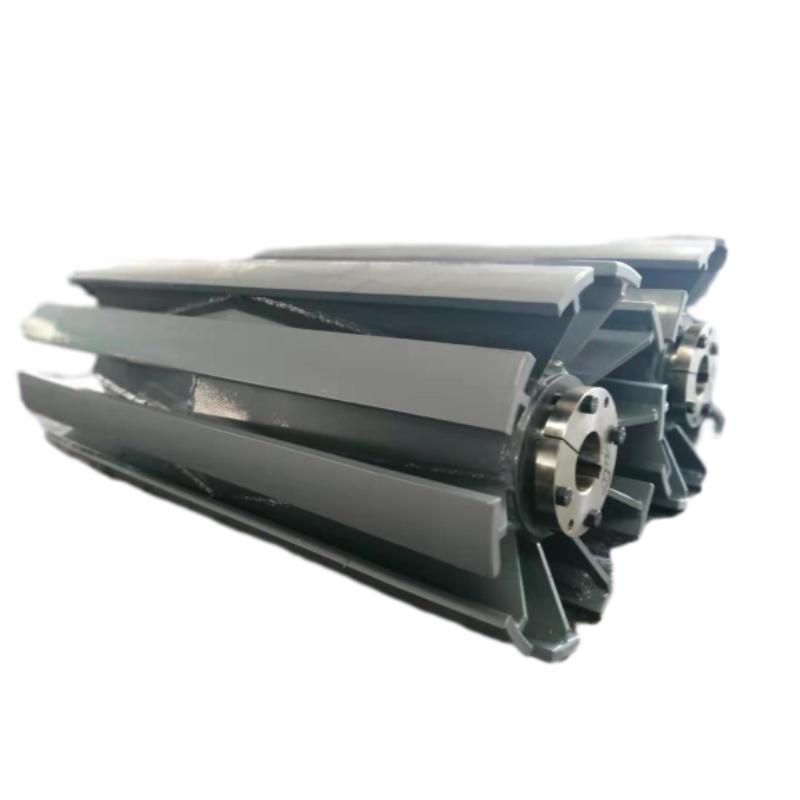 Afrikaans
Afrikaans  Albanian
Albanian  Amharic
Amharic  Arabic
Arabic  Armenian
Armenian  Azerbaijani
Azerbaijani  Basque
Basque  Belarusian
Belarusian  Bengali
Bengali  Bosnian
Bosnian  Bulgarian
Bulgarian  Catalan
Catalan  Cebuano
Cebuano  Corsican
Corsican  Croatian
Croatian  Czech
Czech  Danish
Danish  Dutch
Dutch  English
English  Esperanto
Esperanto  Estonian
Estonian  Finnish
Finnish  French
French  Frisian
Frisian  Galician
Galician  Georgian
Georgian  German
German  Greek
Greek  Gujarati
Gujarati  Haitian Creole
Haitian Creole  hausa
hausa  hawaiian
hawaiian  Hebrew
Hebrew  Hindi
Hindi  Miao
Miao  Hungarian
Hungarian  Icelandic
Icelandic  igbo
igbo  Indonesian
Indonesian  irish
irish  Italian
Italian  Japanese
Japanese  Javanese
Javanese  Kannada
Kannada  kazakh
kazakh  Khmer
Khmer  Rwandese
Rwandese  Korean
Korean  Kurdish
Kurdish  Kyrgyz
Kyrgyz  Lao
Lao  Latin
Latin  Latvian
Latvian  Lithuanian
Lithuanian  Luxembourgish
Luxembourgish  Macedonian
Macedonian  Malgashi
Malgashi  Malay
Malay  Malayalam
Malayalam  Maltese
Maltese  Maori
Maori  Marathi
Marathi  Mongolian
Mongolian  Myanmar
Myanmar  Nepali
Nepali  Norwegian
Norwegian  Norwegian
Norwegian  Occitan
Occitan  Pashto
Pashto  Persian
Persian  Polish
Polish  Portuguese
Portuguese  Punjabi
Punjabi  Romanian
Romanian  Russian
Russian  Samoan
Samoan  Scottish Gaelic
Scottish Gaelic  Serbian
Serbian  Sesotho
Sesotho  Shona
Shona  Sindhi
Sindhi  Sinhala
Sinhala  Slovak
Slovak  Slovenian
Slovenian  Somali
Somali  Spanish
Spanish  Sundanese
Sundanese  Swahili
Swahili  Swedish
Swedish  Tagalog
Tagalog  Tajik
Tajik  Tamil
Tamil  Tatar
Tatar  Telugu
Telugu  Thai
Thai  Turkish
Turkish  Turkmen
Turkmen  Ukrainian
Ukrainian  Urdu
Urdu  Uighur
Uighur  Uzbek
Uzbek  Vietnamese
Vietnamese  Welsh
Welsh  Bantu
Bantu  Yiddish
Yiddish  Yoruba
Yoruba  Zulu
Zulu Optimizing Conveyor Belt Idler Design for Improved Efficiency and Durability in Material Handling Systems
Conveyor Belt Idler Design Key Considerations and Innovations
Conveyor systems are integral to various industries, facilitating efficient material handling processes. Among the key components of these systems is the conveyor belt idler, a critical element that supports the belt, controls its tension, and helps to minimize friction. The design of conveyor belt idlers is crucial to the overall functionality and longevity of conveyor belts.
Understanding the Role of Idlers
The primary function of idlers is to support the weight of the conveyor belt and the materials it carries. By doing so, they contribute to a smooth, efficient conveyance process. Idlers are positioned at various points along the conveyor, including the return side and the carrying side. They help maintain the belt's alignment, reduce sagging, and ensure that the material is moved without excessive wear on the belt and other components.
Key Design Considerations
1. Load Capacity One of the first considerations in idler design is the load capacity. The idler must be able to support the weight of the conveyor belt along with the materials transported. This requires careful calculation based on the expected load and operating conditions.
2. Idler Spacing The spacing between idlers affects belt sag and material handling efficiency. Closer spacing reduces sag, preventing the belt from contacting the conveyor frame and reducing friction. However, too many idlers can lead to increased costs and maintenance requirements. Engineers often seek a balance to optimize performance.
3. Material Selection Idlers must be constructed from durable materials resistant to abrasion and wear. Common materials include steel and polymer composites, which offer strength and resistance to environmental factors such as moisture and corrosion.
conveyor belt idler design

4. Roller Design The design of the rollers plays a significant role in idler efficiency. Features such as bearing type, lubrication systems, and roller diameter must be carefully selected to minimize friction and maximize lifespan. Innovations such as self-lubricating bearings or specialized coatings can enhance performance.
5. Environmental Considerations Conveyor systems often operate in harsh environments, subject to dust, moisture, and extreme temperatures. Idler designs must incorporate resistance to these conditions to function effectively over time, potentially integrating seals and protective covers.
6. Ease of Maintenance Efficient idler design should also consider maintenance requirements. Features that facilitate easy inspection and replacement of components can minimize downtime and maintenance costs.
Innovative Trends in Idler Design
Recent advancements in technology have opened new avenues for idler design. For instance, the use of computer-aided design (CAD) and simulation software allows engineers to model various scenarios and optimize idler designs for specific applications. Additionally, the integration of IoT technology enables real-time monitoring of idler performance, allowing for predictive maintenance and minimizing unexpected failures.
Moreover, with a growing emphasis on sustainability, manufacturers are increasingly looking at eco-friendly materials and energy-efficient designs that reduce the overall carbon footprint of conveyor operations. Innovations such as energy-efficient bearings and materials that are easier to recycle are gaining traction within the industry.
Conclusion
The design of conveyor belt idlers is a multifaceted challenge that significantly impacts the efficiency and longevity of conveyor systems. By understanding the essential factors influencing idler design and leveraging modern technologies and materials, engineers can create idlers that not only meet current demands but also contribute to more sustainable industrial practices. Through continuous innovation, the future of conveyor belt idler design promises enhanced performance and reliability in material handling operations across various sectors.
-
Revolutionizing Conveyor Reliability with Advanced Rubber Lagging PulleysNewsJul.22,2025
-
Powering Precision and Durability with Expert Manufacturers of Conveyor ComponentsNewsJul.22,2025
-
Optimizing Conveyor Systems with Advanced Conveyor AccessoriesNewsJul.22,2025
-
Maximize Conveyor Efficiency with Quality Conveyor Idler PulleysNewsJul.22,2025
-
Future-Proof Your Conveyor System with High-Performance Polyurethane RollerNewsJul.22,2025
-
Driving Efficiency Forward with Quality Idlers and RollersNewsJul.22,2025





























